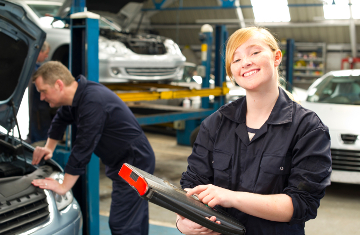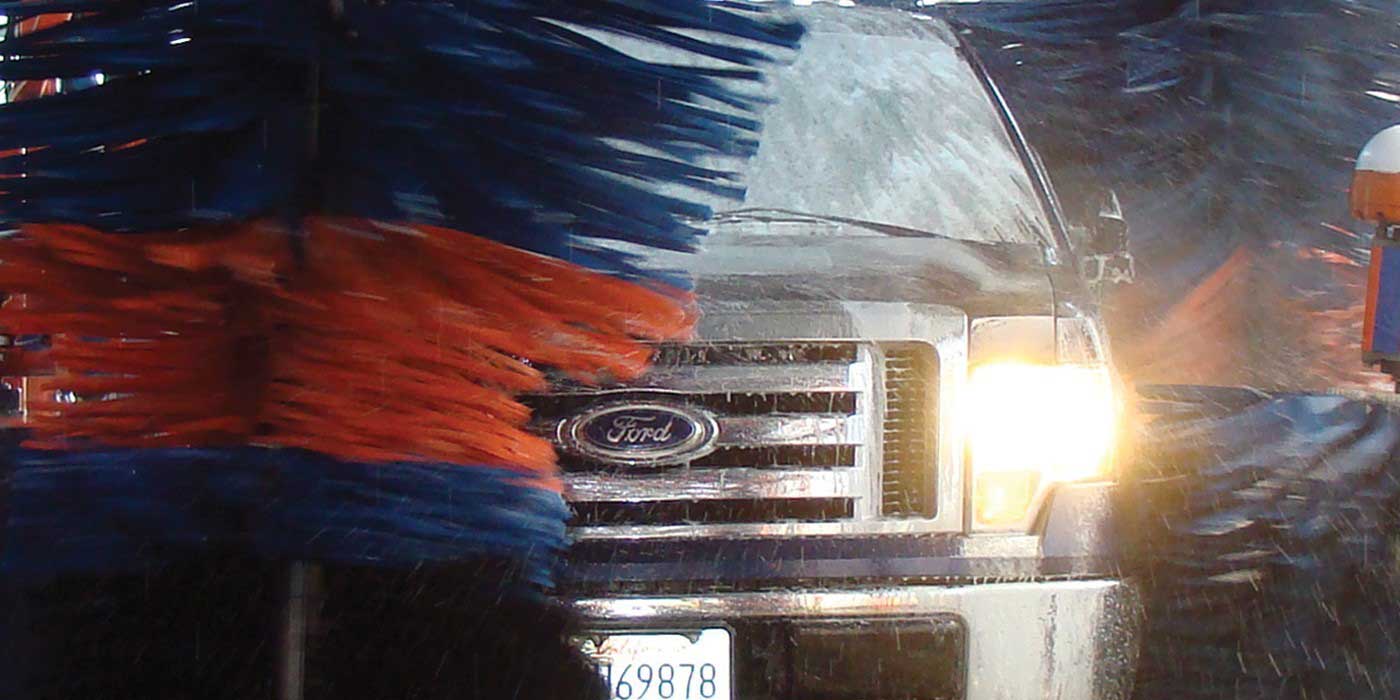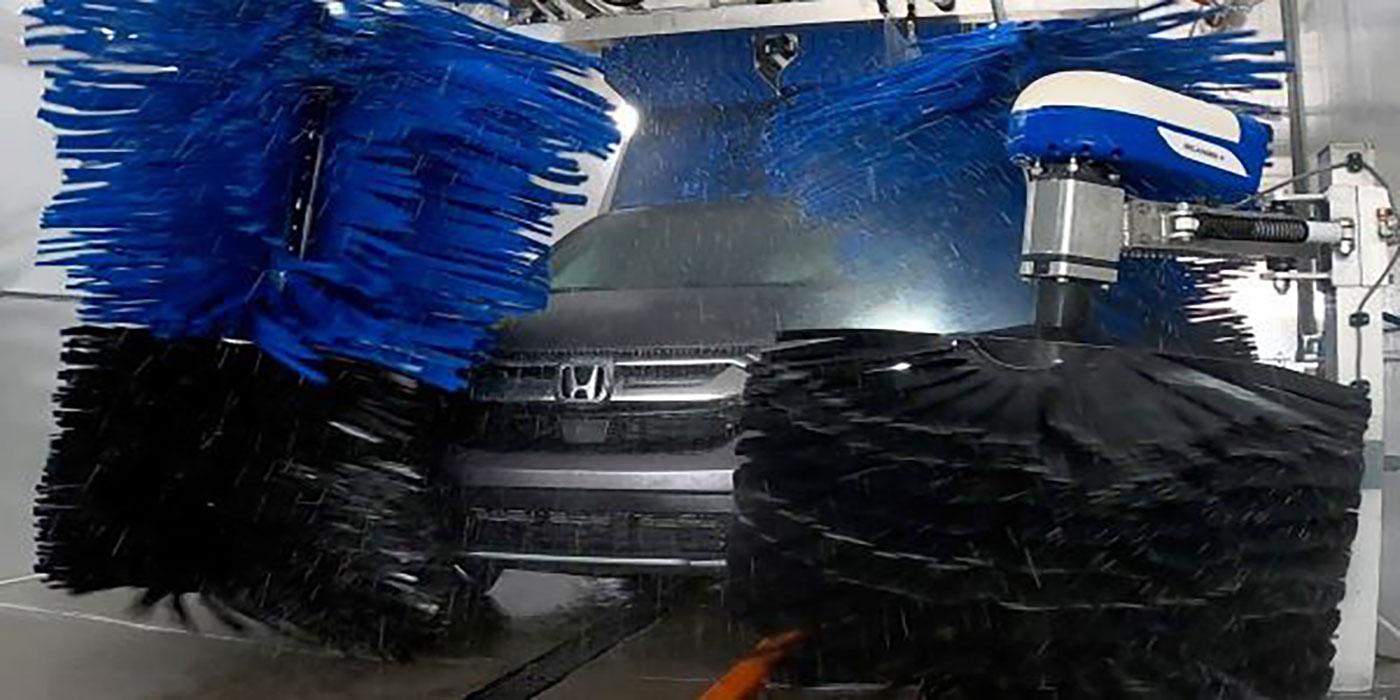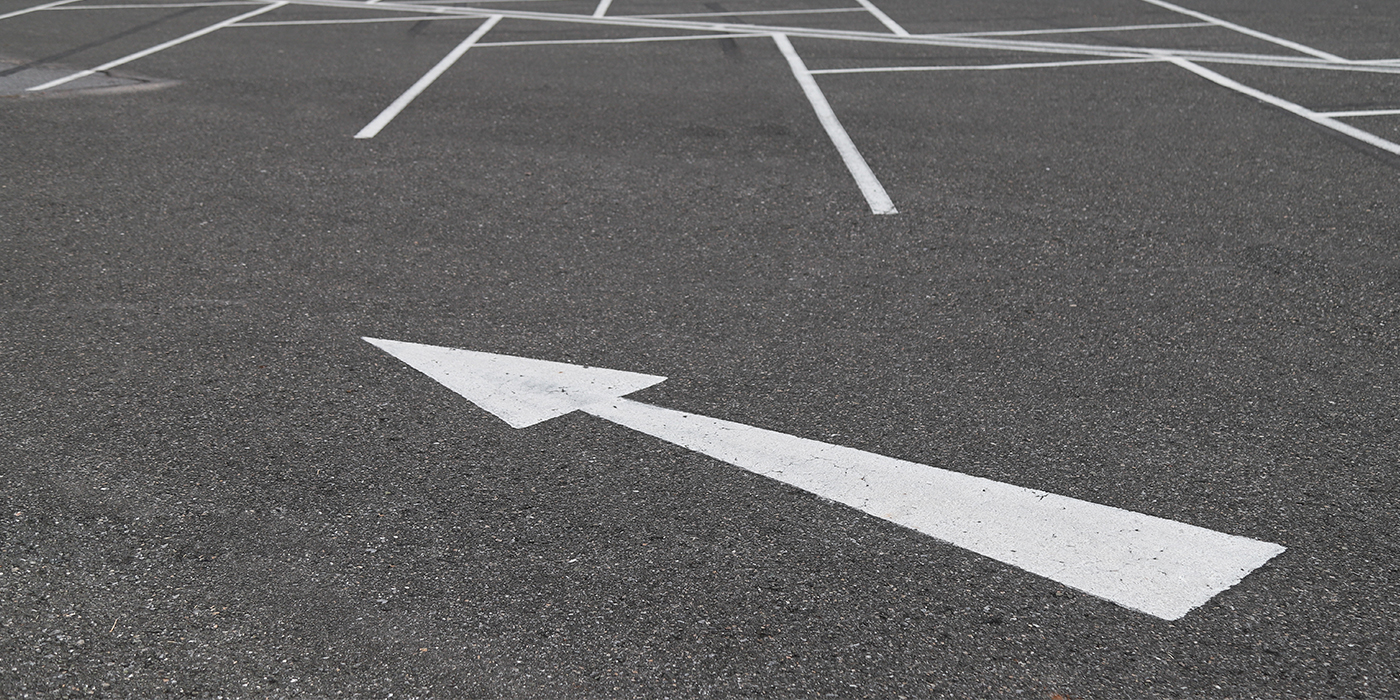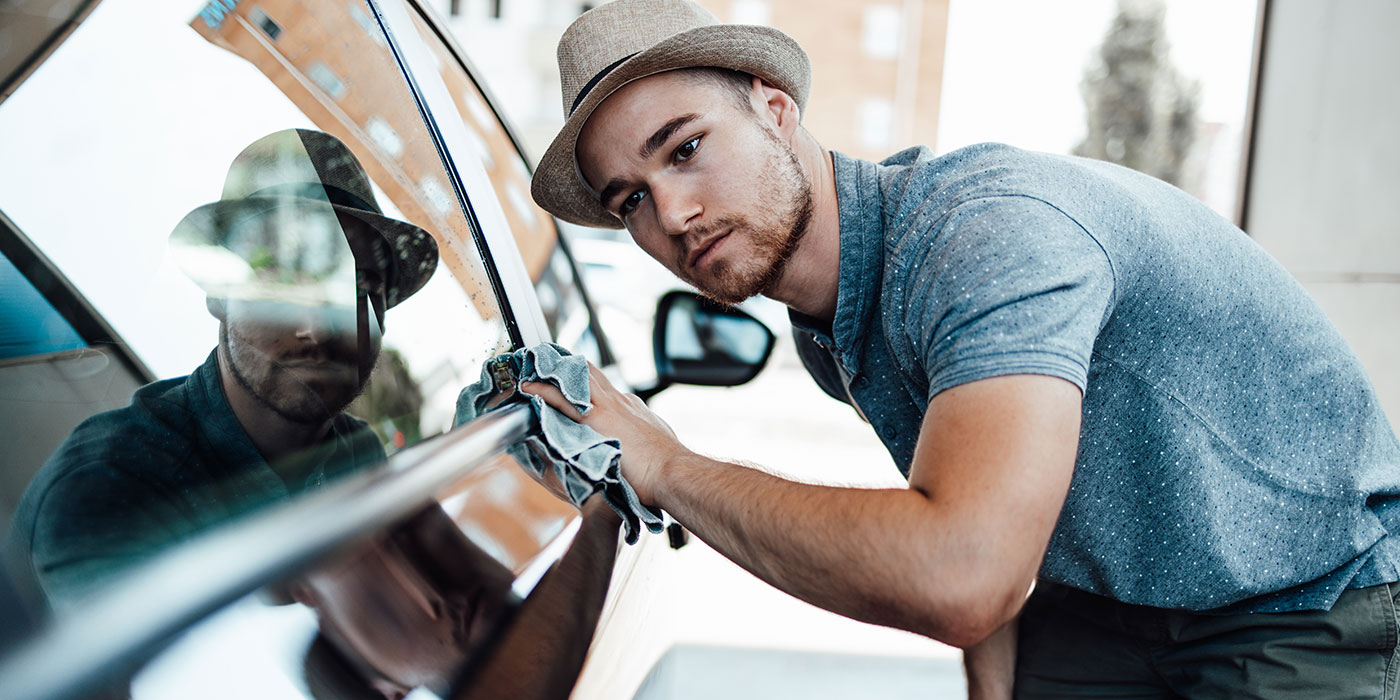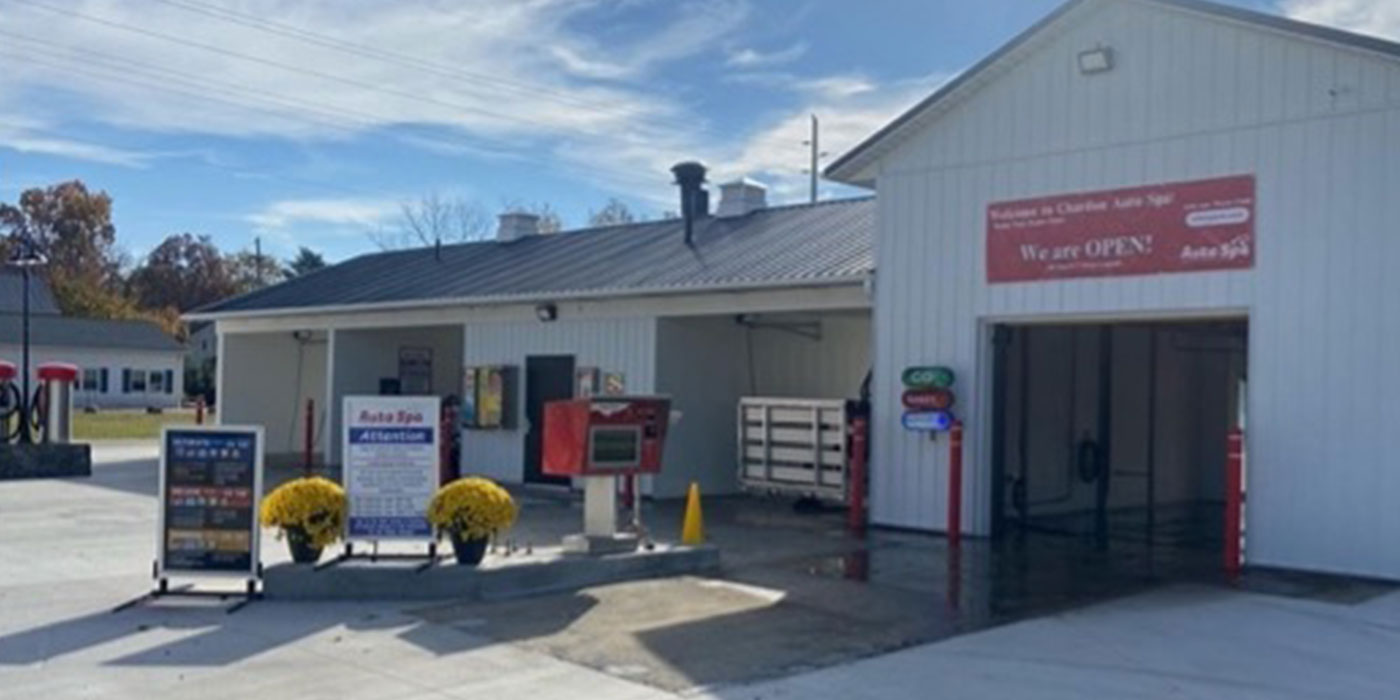Repairing carwash equipment is a major segment of everyday operations. Recently, I attended a five day course at Sonny’s CarWash College learning some of the basics. An added benefit that came out of the instruction on this topic was an opportunity to view the process from a safety standpoint.
Each of the various pieces of equipment had some common, as well as, their own unique exposures and remedies. Over the course of the new few blogs, I will be sharing these observations with the expectation that they may help prevent injuries at your wash!
The following are some tips associated with the repair process on an over/under conveyor:
-
Without exception, any person working around the conveyor must first exercise the procedures outlined in your lockout/tag-out manual. All energy sources must be disengaged before any repairs are initiated. Remember, air pressure is considered one of these. Also, keep in mind, this applies even during the investigation stage after a problem is first detected.
-
Using trained employees is critical to safely complete all repair work. This includes what might be considered minor issues such as tightening the chain or fixing a roller jam.
-
Be mindful that when working on hydraulic motors or the gear box, fluids may escape and create a slipping hazard. Also, if it manages to get on footwear, it may cause a problem even after normal operations resume.
-
Employees are required to use the appropriate personal protection equipment during the entire process. This is especially important if the use of grinders or torches become necessary. The use of these tools to remove stubborn steel bolts or bearings is one example.
-
Having the proper clothing is another consideration not to be overlooked. You should make certain that employees do not wear loose clothing or jewelry and are supplied with appropriate footwear.
-
Using the correct tools for the job will not only ensure the best repair outcome, but also the safest. Along with that concept, making sure that all tools are accounted for after the task is complete is very important. If they are left in the wrong place, it can become a lethal projectile. I recommend either using a list and confirming the return of all items or using a small roll out tool chest that can be easily inventoried.
-
Although not all repairs require more than one individual, using the team concept on all repairs is a great precaution for a number of reasons. Many times, one repair leads to another. The tendency is to often try to perform the next job alone even if it would require two people. Also, with two employees present at all times, if a serious injury occurs there is someone to assist immediately.
-
When replacing the non-slip grating, be sure to have the employee’s double check that the rough side is up to help prevent slips and falls.
-
Using the appropriate part for the repair job is critical to safely returning to normal operations. They should be approved by the manufacturer and installed in accordance with their instructions. It is always desirable to have a current manual available during any repair operations. The use of make-shift solutions can be dangerous and short lived.
Conveyors often break down during or just after heavy use. The temptation is to get back up and running quickly at any cost. Before you make that choice, consider the long term effects. For instance, let’s envision a busy day at the wash when a breaker in the tunnel controller begins to continually trip. To keep things moving until there’s time to trouble shoot the problem, you decide to circumvent the device by ramping up the amperage. This works until it overloads the circuits causing a fire that puts the wash out of business for several months instead of a few hours.
Safely performing regular maintenance and repairs is an important procedure to help prevent injuries. If you haven’t incorporated some or all of these ideas, start today.
Let me know what you’re doing at your wash!
Look for more tips next month on safety associated with repairs to other pieces of wash equipment.
Remember, a safe wash protects people and profits!

